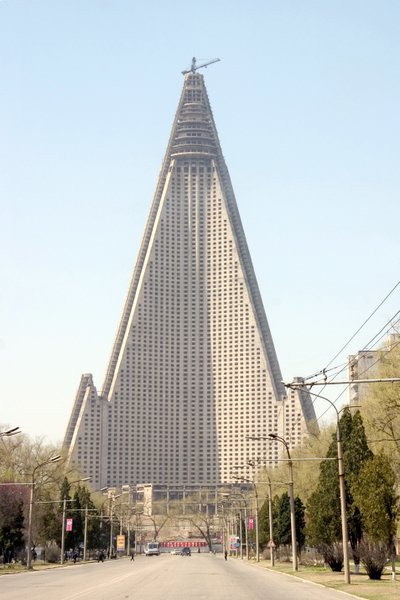Dopo qualche giorno di riposo in una casa in collina senza internet, ma con giardino e piscina, rieccoci in linea con qualche idea di viaggio.
Contrariamente ai molti che si lanciano in affollate città d’arte o si ammassano su spiagge più o meno esotiche, quello che vi proponiamo è un luogo decisamente poco frequentato.
A cinque anni dall’inizio della sua costruzione, infatti, il distretto di Kangbashi, a 25 km dall’antica città mineraria di Ordos (Mongolia interna, Cina), rimane quasi completamente disabitato.
Pensato per 1 milione di persone e dotato sia di lussuose ville da 1000 mq, che di villette da pochi appartamenti fino ad abitazioni più popolari in stile post-sovietico migliorato, questo luogo ha come unici abitanti gli operai che lavorano tuttora alla sua costruzione.
L’area dispone anche di grattacieli adibiti a uffici, centri amministrativi, musei, teatri e impianti sportivi, come testimoniano le belle immagini di M. C. Brown per Time. (piazzate il mouse sull’immagine per leggere il commento, cliccate le immagini per ingrandire)
In effetti, la maggior parte delle proprietà è stata venduta, ma gli acquirenti sono quasi esclusivamente società che si occupano di investimenti immobiliari.
Proprio costoro sembrano essere fra le cause principali del fallimento di Kangbashi. La principale lamentela della gente, infatti, è che le abitazioni sono troppo care, ma il problema vero è che la Cina vive contemporaneamente in due mondi: si tenta di vendere case occidentali a chi ha salari cinesi.
Naturalmente, il mercato, prima o poi, normalizzerà anche questa situazione: i prezzi caleranno fino o anche sotto il costo perché chi ha investito sarà costretto a salvare il salvabile.
Intanto, soltanto un pugno di automobili guidate per lo più da impiegati governativi si dirige il mattino verso Kangbashi. Gente che, comunque, preferisce non risiedervi perché non si può vivere in una città vuota in cui un passante occasionale sembra essere un miraggio.
Tutto questo testimonia la difficoltà di governare lo sviluppo cinese lasciando fare al mercato. In tempi non troppo remoti, il governo avrebbe semplicemente spostato un milione di persone in nome di una qualche modernizzazione. Oggi, semplicemente non può.












